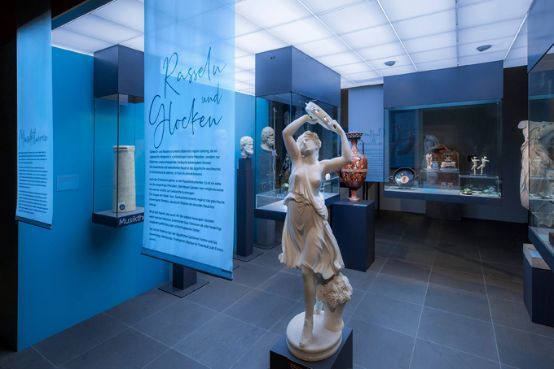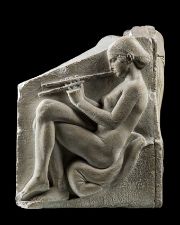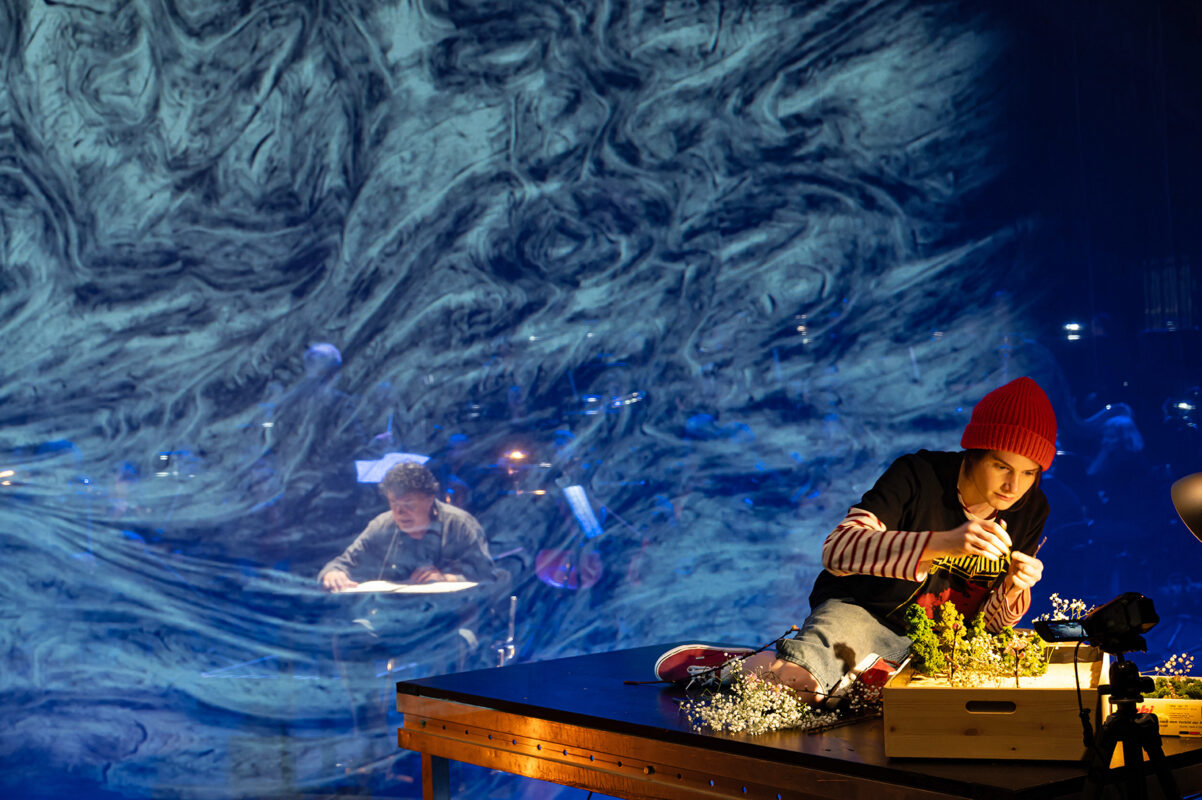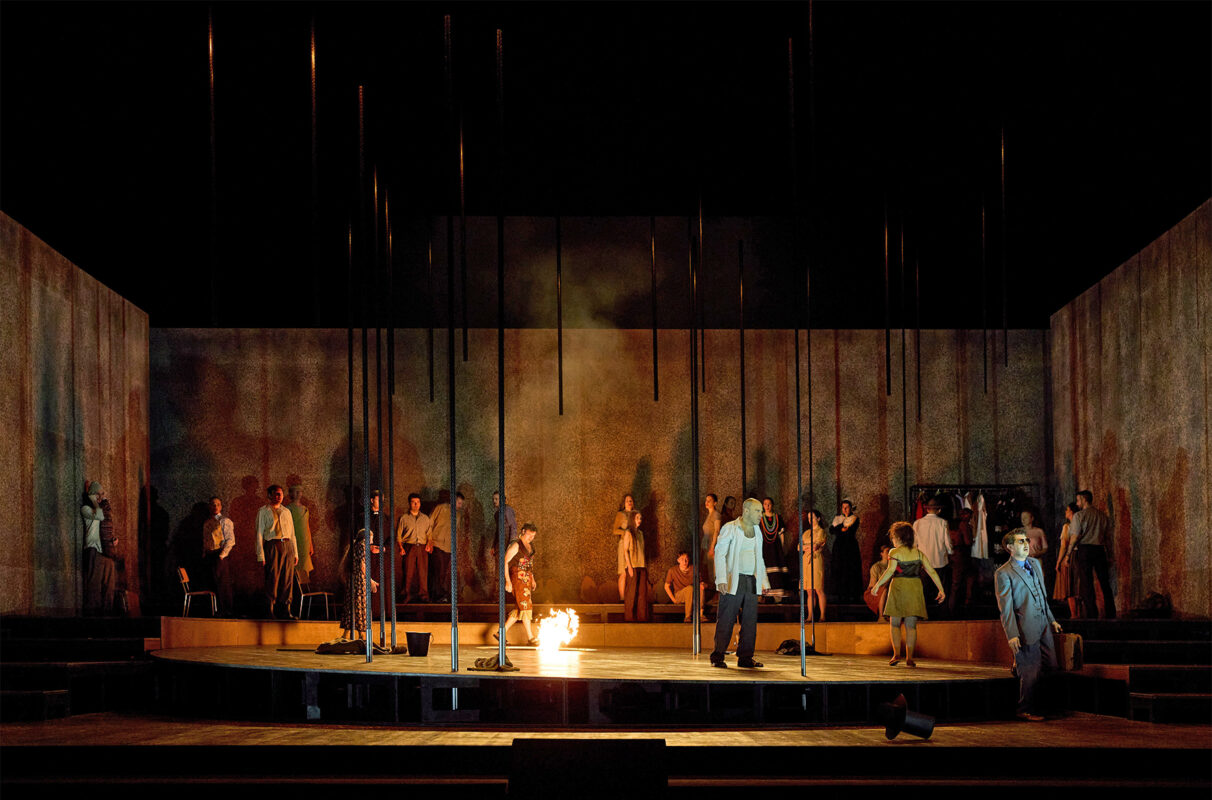Antiquity made audible
Look, listen, read: A multimedia exhibition at the Antikenmuseum Basel brings the sounds of antiquity back to life.

What did a lyre sound like in ancient Egypt or a kithara and an aulos in classical Greece? Unfortunately, sound examples cannot simply be streamed, and yet music research today is able to faithfully reconstruct the sound of these instruments using replicas. In the richly illustrated Accompanying publication The exhibition guide contains fascinating information on the scientific background. The exhibition can also be enjoyed without this background knowledge. Around 30 sound samples of various instruments can be listened to via the museum app. Visitors must bring their own smartphone with headphones.
The instrumentarium of the Near East, Egypt and ancient Greece essentially comprises string, wind, noise and rhythm instruments as well as singing. Based on finds and illustrations on many vessels, especially from ancient Greece, replicas were made. Most of these instruments are on loan from the Martin von Wagner Museum at the University of Würzburg. They have been included in the album Sappho and her time by Conrad Steinmann's ensemble Melpomas and form the auditory part of the exhibition. These are musical re-creations for voice and instrumental accompaniment, which are based on the sound of the reconstructed instruments on the one hand and the verse of Sappho's poetry on the other.
The remaining exhibits, including vessels, sculptures and reliefs, are largely from private collections, the Kunstmuseum and the Historisches Museum in Basel. Many of the pieces come from the Museum of Antiquities' "own" sculpture hall.
-

Insight into the exhibition
The human body as a starting point
There is little evidence of music and music-making from the Near East in the 4th millennium BC or later from Egypt. However, the little that has survived indicates that there must have been written melodies and a kind of notation system from the middle of the 4th millennium. The ancient Greeks probably got to know this Near Eastern system orally and developed it into a proper music theory. Philolaos (ca. 470 to 399 BC) and Plato (ca. 427 to 347 BC) are the central figures here. Theory actually means "observation" and initially describes what exists. The aulos, for example, is a double-reed wind instrument made of wood or bone that is played with a striking tongue. Four to five notes can be played on the left and right reeds. Steinmann writes: "The arrangement of the finger holes naturally follows the possibilities of the human hand. The tones produced when blowing therefore follow physiological conditions. ... They are the basis of a musical system and thus also of a musical perception." (Catalog, p.45)
-

Courtesan playing on the aulos. Side of the so-called Ludovis throne. Great Greek work from around 470 BC. Plaster cast after the original in the Palazzo Altemps in Rome.
The world of that time sounds from the replicas
The title "Of Harmony and Ecstasy" hints at this: In antiquity, the various instruments were assigned to opposing principles. The stringed instruments were assigned to the Apollonian principle of harmony (life, order, spirit), while the wind, noise and rhythm instruments were associated with ecstasy, death, chaos and the body. The kithara, for example, was the instrument of professional musicians in ancient Greece and is the symbol of Apollo in mythology, while the somewhat shrill-sounding aulos belongs to the world of Dionysus and the demons of nature.
-

Silver ironing istrum with the head of the goddess Hathor, Egypt, 22nd Dynasty, 945 - 720 BC.
A remarkable example of sound can be heard from a replica bowed harp from Egypt in the 13th century BC. The harp was considered a noble instrument and was correspondingly rare. The somewhat younger lute was also relatively rare. It had a fingerboard, a long stick over which three strings made of sheep gut were stretched. The lyre was much more widespread. It is an Egyptian invention from the 3rd millennium B.C. In Greece, it was often used to accompany poetry (hence the word relationship lyre > lyric). The example documents the rhythmic strumming of the strings, which is most reminiscent of today's ukulele.
The rattles and bells were used to appease or ward off demons and in the cult of the dead. The family of rhythm instruments includes the tympanum (tambourine), the krotala (hand clappers) and the kymbala (cymbals). According to mythology, they were mostly used by maenads and dancing nymphs, while the satyrs played the auloi. Singers were depicted on Egyptian and Greek vessels in typical singing poses, usually in ecstasy.
The audio samples include some very fine contributions, which, however, hardly fulfill the criterion of historical authenticity.
The exhibition "Of Harmony and Ecstasy" can be visited at the Antikenmuseum Basel until October 24, 2021.
There is a Concert series in addition.
ThePublication accompanying the exhibition can be viewed online.
http://www.antikenmuseumbasel.ch/de/ausstellungen.html








